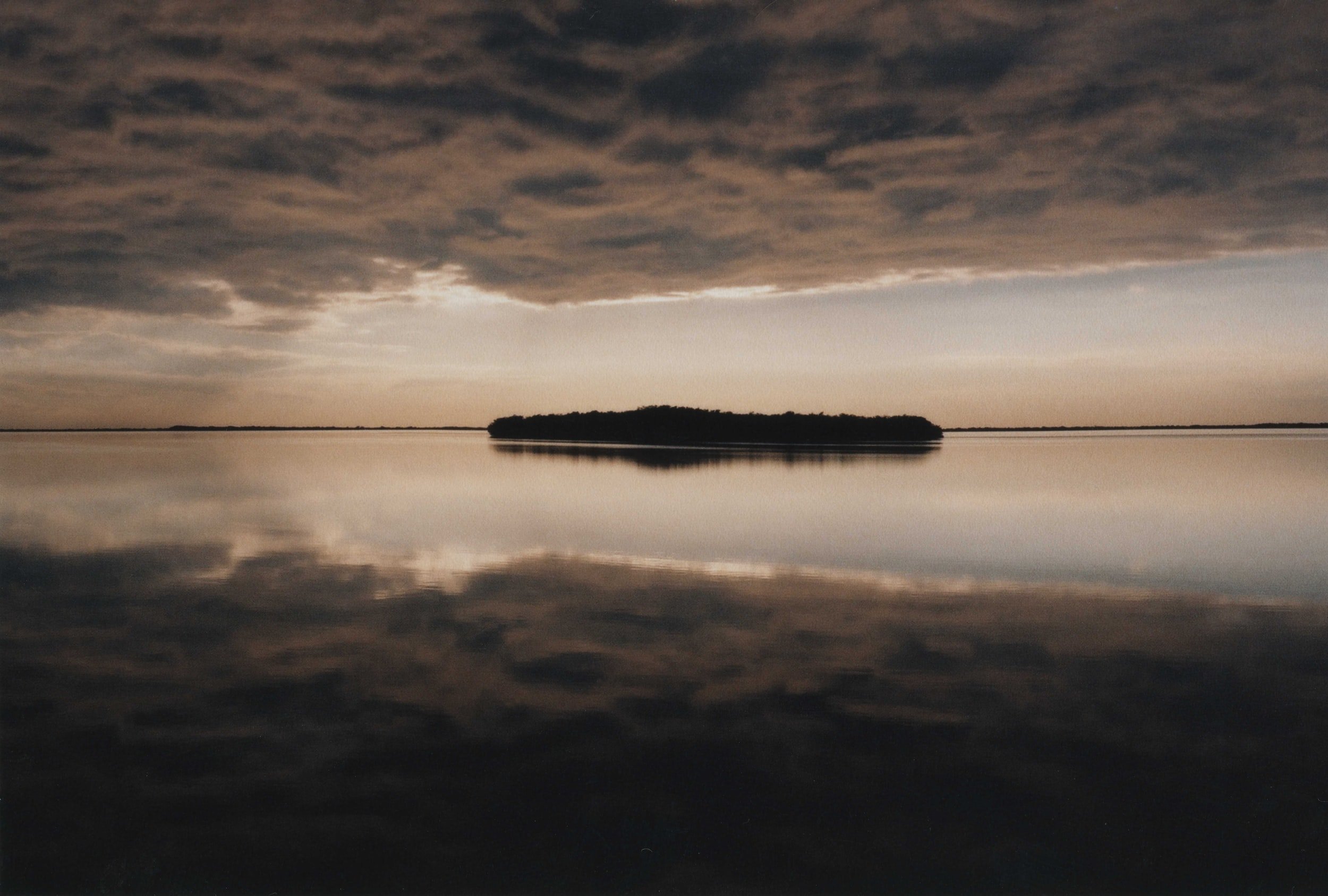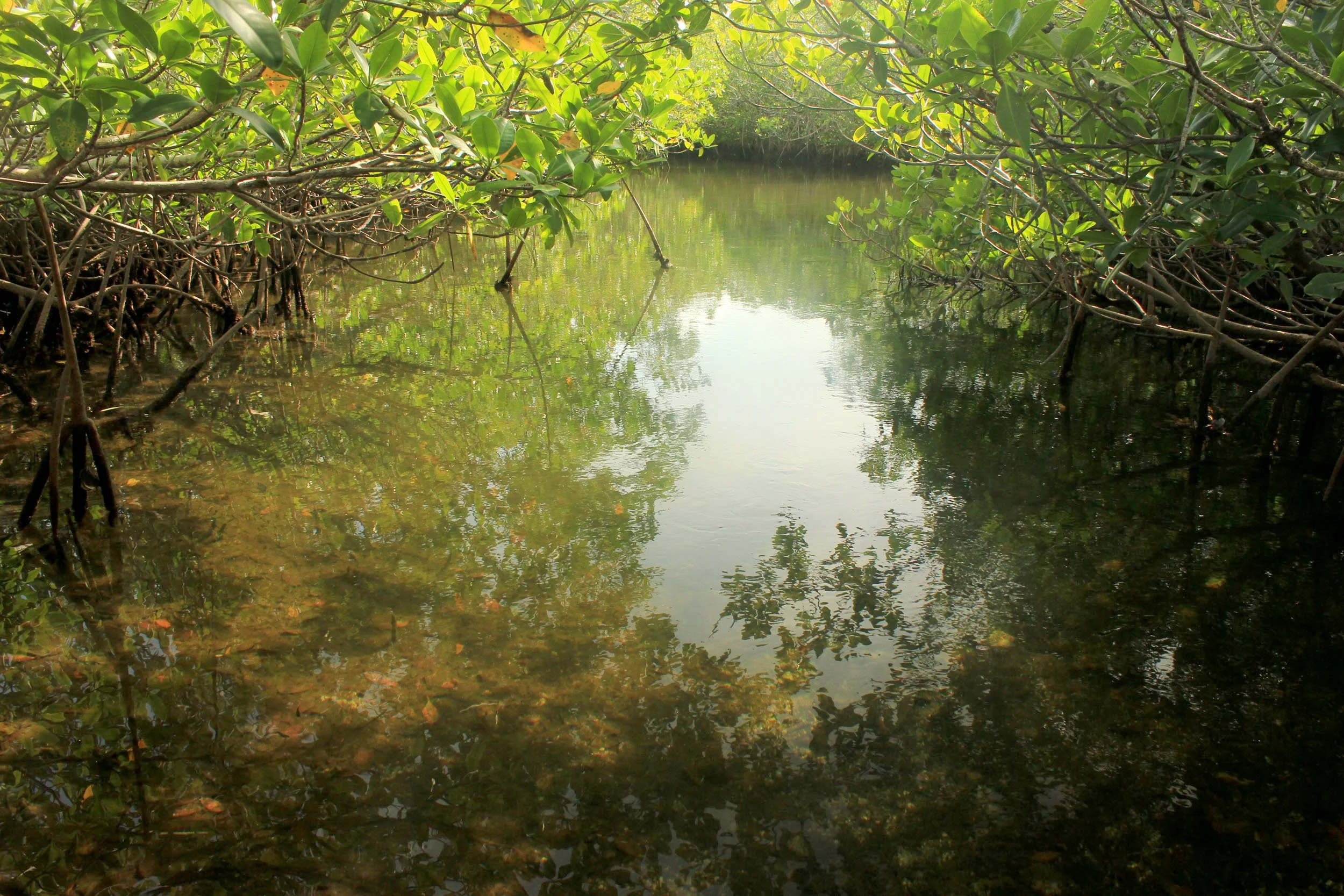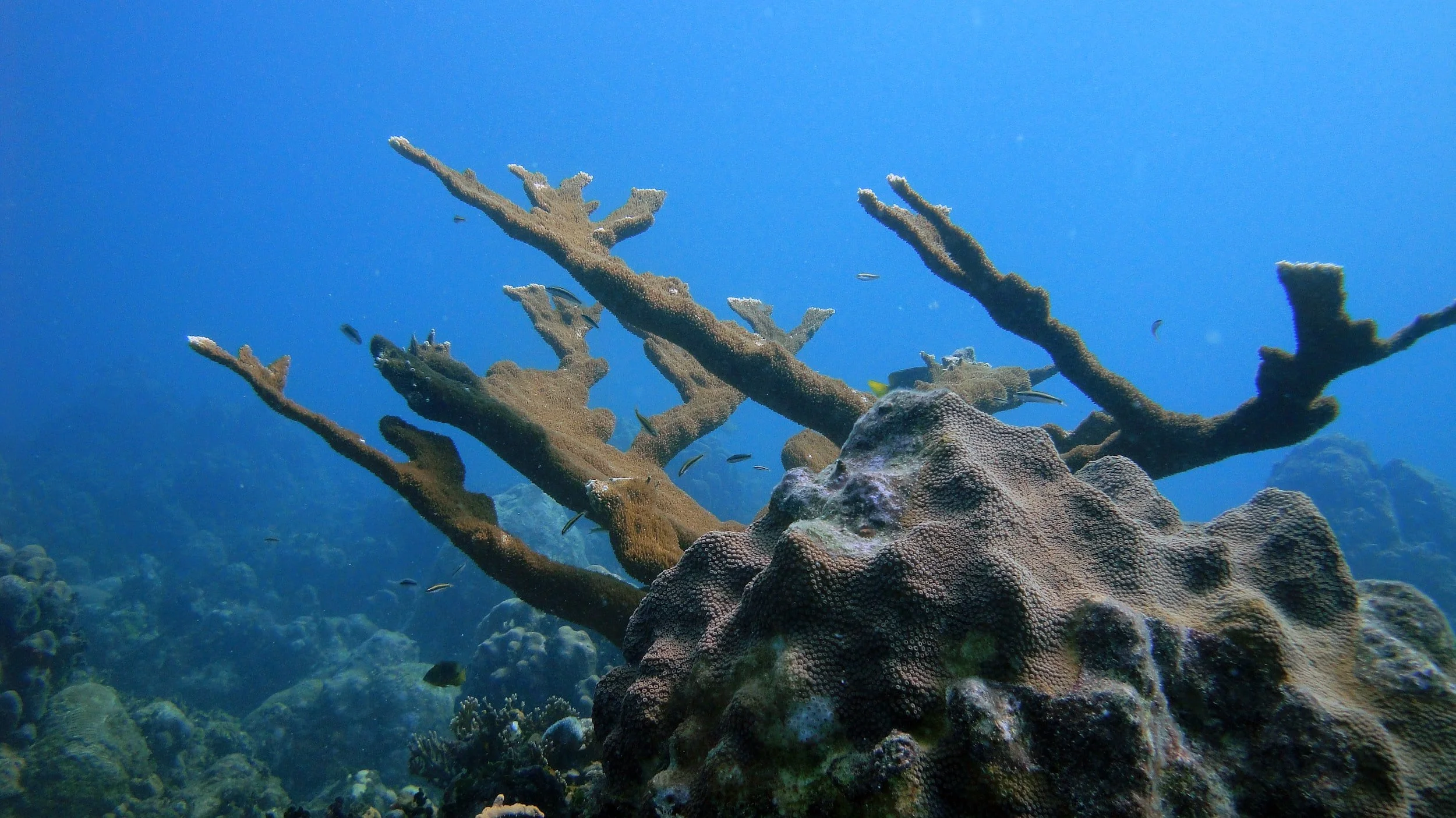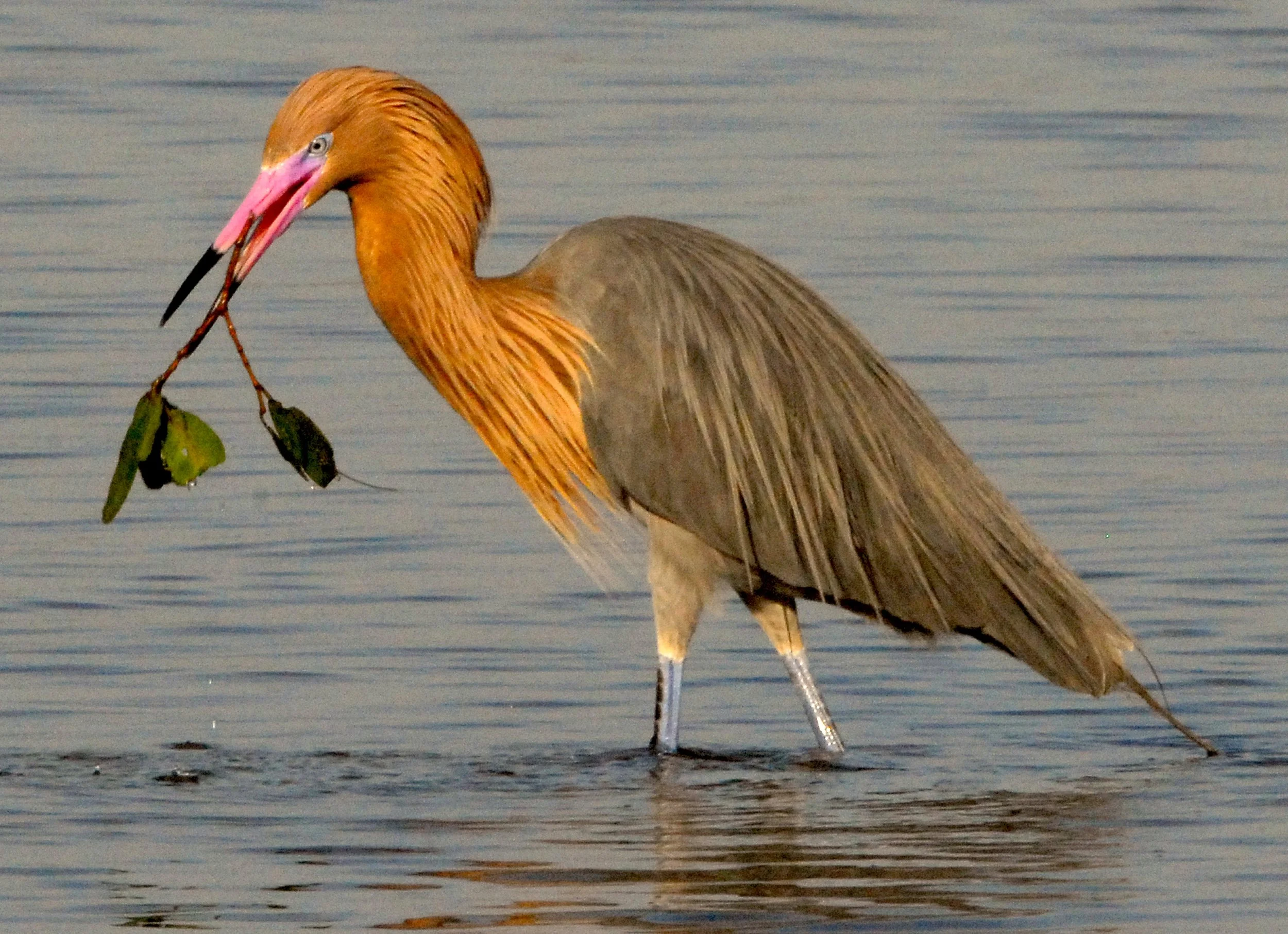
John Pennekamp Coral Reef State Park
John Pennekamp Coral Reef State Park is a renowned state park located in Key Largo, Florida, United States. Established in 1963, it was the first underwater park in the United States and covers approximately 70 nautical square miles (184 km²). The park is named after John Pennekamp, a newspaper editor and environmental activist who played a key role in preserving Florida's natural beauty.
The primary attraction of John Pennekamp Coral Reef State Park is its stunning coral reefs, which are part of the Florida Keys National Marine Sanctuary. The park is home to an abundance of diverse marine life, including colorful corals, tropical fish, sea turtles, and various species of aquatic plants. The park's underwater scenery is ideal for snorkeling, scuba diving, and glass-bottom boat tours, providing visitors with an opportunity to explore the vibrant marine ecosystem.
In addition to the underwater attractions, the park offers other recreational activities such as kayaking, canoeing, and fishing. There are designated areas for picnicking, hiking trails that wind through the park's lush vegetation, and a visitor center that provides educational exhibits and information about the area's ecology and conservation efforts.
Overall, John Pennekamp Coral Reef State Park is a popular destination for nature lovers, water enthusiasts, and those interested in experiencing the beauty of Florida's marine environment. It serves as a valuable conservation area, promoting awareness and preservation of the delicate coral reefs and marine life that make it a truly unique and breathtaking place to visit.
John Pennekamp Park provides the opportunity to visit six distinct types of ecosystems including mangroves, coral reefs, seagrass beds, hardwood hammocks, and coastal uplands. More information on these habitats here.
Pennekamp is home to endangered or vulnerable species in Florida and the United States. Some of the unique species found in the Everglades are:
Elkhorn Coral
Big Pine Partridge Pea (Chamaecrista lineata var. keyensis)
Reddish Egret
Schaus' Swallowtail Butterfly
Beach Jacquemontia (Jacquemontia reclinata)
Staghorn Coral
White-crowned Pigeon
Green Sea Turtle
Mangrove Cuckoo
The Trails
-

Mangrove Trail
This is a short, quarter-mile (0.4 km), wheelchair accessible self-guided trail that winds through a mangrove forest. It features an elevated boardwalk with interpretive signs providing information about the mangrove ecosystem and its importance.
-

Wild Tamarind Trail
This trail is approximately half a mile (0.8 km) long, not wheelchair accessible, and takes visitors through a tropical hardwood hammock. It showcases the diversity of plant life found in the hammock habitat, with informative signs along the way.
-

Grove Trail
This trail is a loop trail, not wheelchair accessible, that covers about one mile (1.6 km) and takes visitors through a combination of tropical hammocks and coastal strand vegetation. It offers an opportunity to explore both the hardwood hammock and coastal upland habitats.
-

Eagle Ray Trail
This is a short, quarter-mile (0.4 km) loop trail that provides access to a freshwater wetland area. It is a great spot for birdwatching and observing various wildlife that inhabit the wetland ecosystem.
-

Beach Trail
This trail follows the shoreline of the park's beach area, providing a pleasant walk along the sandy shore. It offers scenic views of the water and is an excellent spot for relaxing, swimming, and sunbathing.
What Can We Do To Protect It?
-

Be Mindful of Marine Life
If engaging in water activities like snorkeling or diving, maintain a safe distance from corals and marine creatures to avoid damaging delicate ecosystems. Do not feed or chase marine life, as it disrupts their natural behaviors and can be harmful to their health.
-

Practice Responsible Outdoor Recreation
Be sure to follow Leave No Trace principles and avoid damaging the fragile ecosystem. When visiting the park, follow all park regulations and guidelines. Respect the natural environment, including corals, marine life, and terrestrial habitats. Avoid touching or disturbing wildlife, and do not remove any natural or cultural resources from the park.
-

Support Conservation Organizations
Consider making a donation to the park or supporting local conservation organizations such as the Friends of John Pennekamp Park or Florida’s Coral Reef, that work to protect and preserve John Pennekamp Coral Reef State Park. These contributions can aid in habitat restoration, research, and educational programs. More organizations can be found here.
-

Reduce Waste and Recycle
Use designated recycling bins within the park and properly dispose of any trash. Avoid using single-use plastics and bring reusable water bottles and bags. Leave no trace by packing out all trash and leaving the park as you found it.
-

Volunteer
Keep an eye out for organized clean-up events or volunteer opportunities within the park. Joining conservation initiatives allows you to actively contribute to maintaining the park's cleanliness and ecological health.
-

Educate Others
Spread the word about the importance of the Everglades and the threats facing it. By educating others, you can help build support for conservation efforts and ensure that the ecosystem is protected for generations to come.











